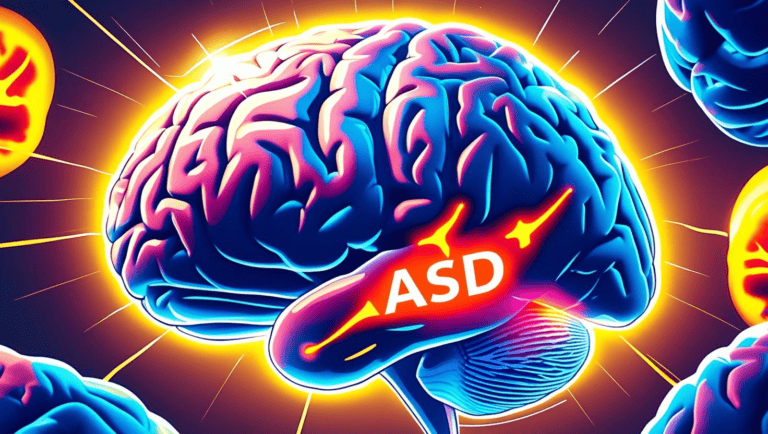Understanding EMDR Therapy
Trauma and anxiety can leave deep emotional scars, making the past feel ever-present. If you’re searching for a way to heal, EMDR therapy might be the solution. But what exactly is EMDR, and how does it help?
In this comprehensive guide, we’ll explore: ✅ How EMDR works
✅ Who it’s for
✅ Why it’s considered one of the most effective trauma treatments
📺 Watch our video to learn more:
What Is EMDR Therapy?
Eye Movement Desensitization and Reprocessing (EMDR) is a psychotherapy approach developed in the late 1980s by Dr. Francine Shapiro. This method helps individuals process and heal from traumatic memories and emotional distress.
Unlike traditional talk therapy, EMDR doesn’t require discussing trauma in detail. Instead, it uses bilateral stimulation—such as side-to-side eye movements, taps, or sounds—to help the brain reprocess traumatic memories. As a result, emotional distress decreases, allowing individuals to move forward.
For more information on our EMDR services, visit our EMDR & Somatic Therapy page.
Additionally, the World Health Organization (WHO) recognizes EMDR as an effective treatment for PTSD. Learn more about their recommendations here.
If you’re ready to start your healing journey, you can book an appointment online with one of our EMDR specialists today.
How Does EMDR Work?
Traumatic memories sometimes remain “stuck” in the brain, making them difficult to process. This can lead to symptoms like flashbacks, anxiety, and emotional numbness. EMDR therapy helps the brain reprocess these memories in a healthier way.
The 8 Phases of EMDR Therapy:
1️⃣ History-Taking & Preparation – The therapist reviews your history, identifies target memories, and teaches coping skills.
2️⃣ Assessment – You focus on a traumatic memory, identify negative beliefs (e.g., “I’m not safe”), and replace them with positive ones (e.g., “I am safe now”).
3️⃣ Desensitization – While recalling the memory, you engage in bilateral stimulation (eye movements, tapping, or sounds) to reduce distress.
4️⃣ Installation – Positive beliefs are reinforced to replace negative thoughts.
5️⃣ Body Scan – A physical check-in ensures no residual tension remains.
6️⃣ Closure – The therapist ensures you feel calm before ending the session.
7️⃣ Reevaluation – Future sessions revisit the memory to confirm the distress has been fully resolved.
Who Is EMDR Therapy For?
EMDR is widely used to treat post-traumatic stress disorder (PTSD) and other mental health challenges, including:
✔ Anxiety and panic attacks
✔ Depression
✔ Phobias
✔ Grief and loss
✔ Chronic pain
✔ Low self-esteem
✔ Performance anxiety
This therapy benefits adults, adolescents, and even children, especially those who struggle to talk about their trauma.
Why Is EMDR So Effective?
Years of research have established EMDR therapy as one of the most effective trauma treatments. Here’s why:
🔹 Fast Results: Many people notice improvements in just a few sessions, unlike traditional therapies that take months or years.
🔹 Evidence-Based Approach: The World Health Organization (WHO) and American Psychological Association (APA) endorse EMDR.
🔹 Addresses the Root Cause: Instead of managing symptoms, EMDR helps reprocess traumatic memories.
🔹 A Gentle Method: Unlike exposure therapy, EMDR does not require reliving trauma in detail.
Is EMDR Right for You?
If you’re struggling with trauma, anxiety, or PTSD, EMDR therapy may be a valuable tool for healing. At White Orchid Counseling, our trained EMDR therapists provide expert guidance with compassion and care.
Take the First Step Toward Healing
✅ Contact us today to learn how EMDR therapy can help.
📞 331-244-5276
📍 9031 West 151st Street, Orland Park, Illinois 60462, Suite 204, United States
📩 Johanna@whiteorchidcounseling.com
At White Orchid Counseling, we’re committed to helping you heal and thrive with evidence-based mental health care.
🌿 Your healing journey starts here.

